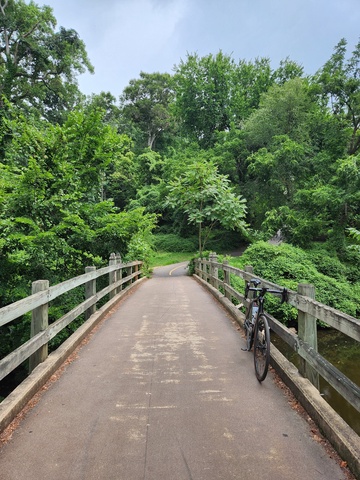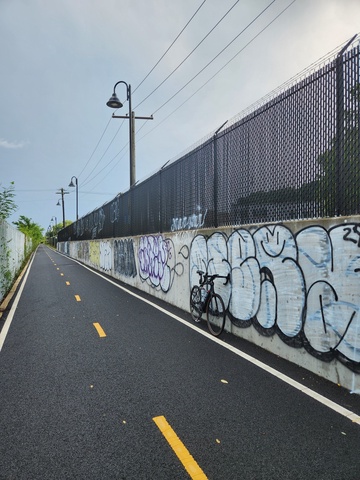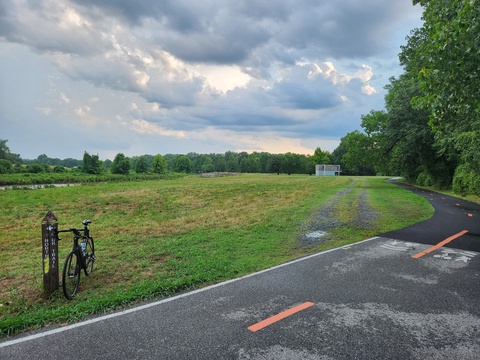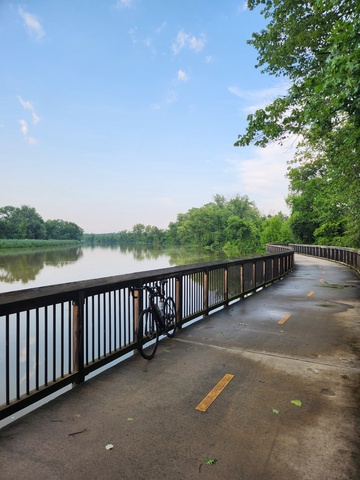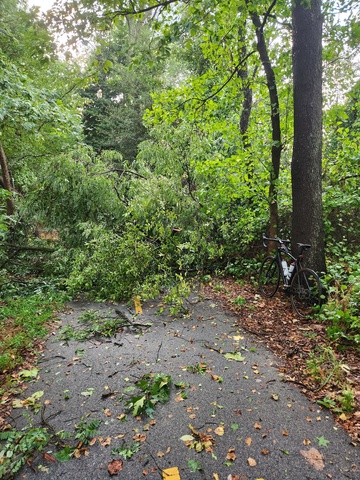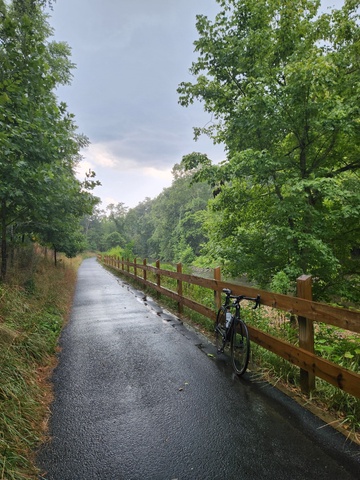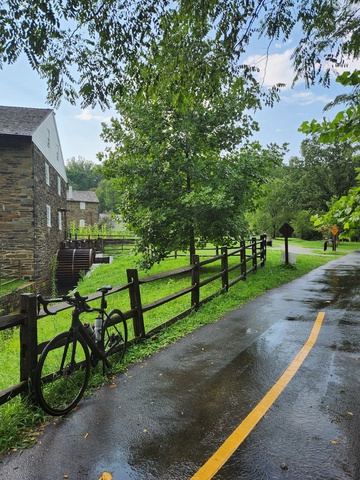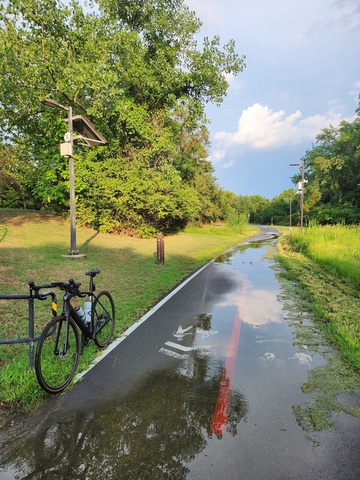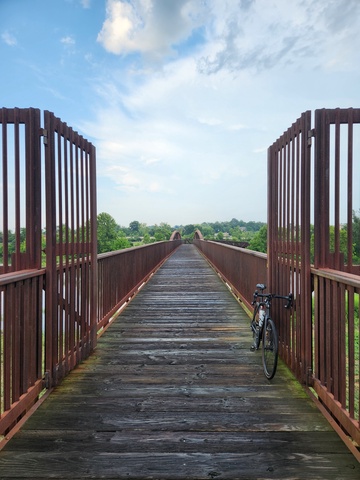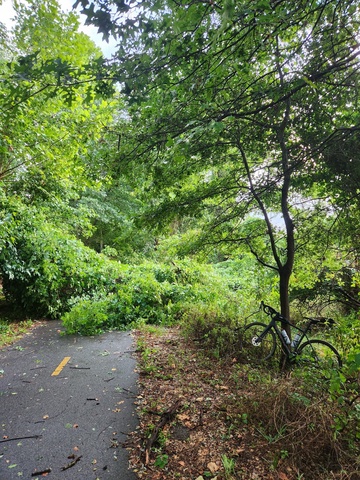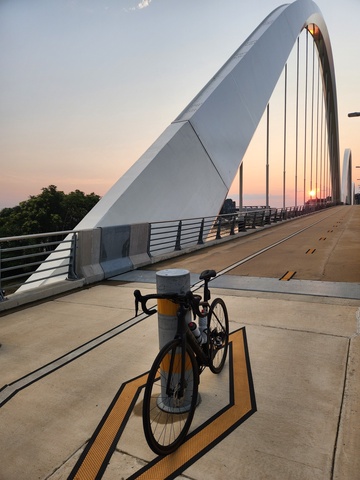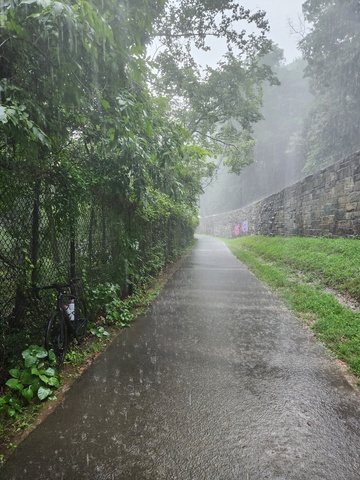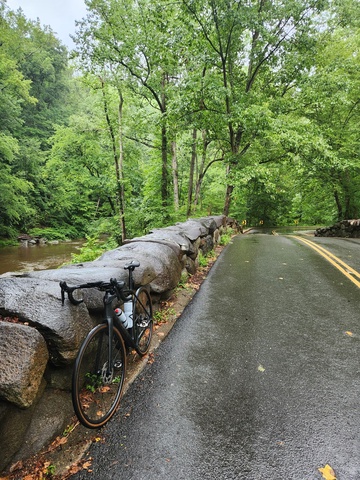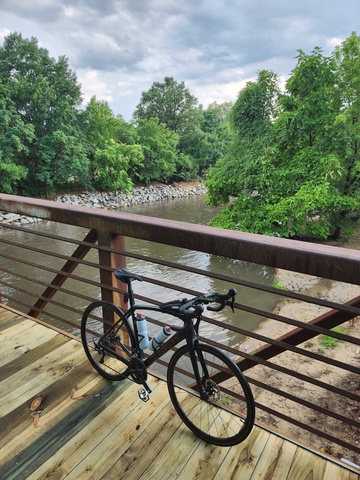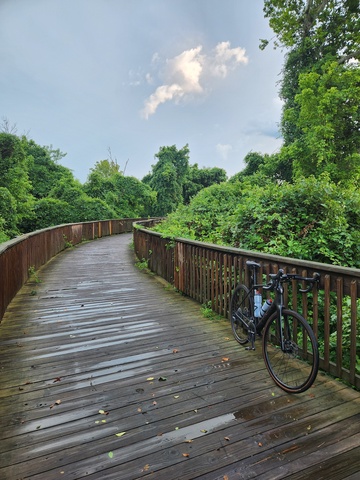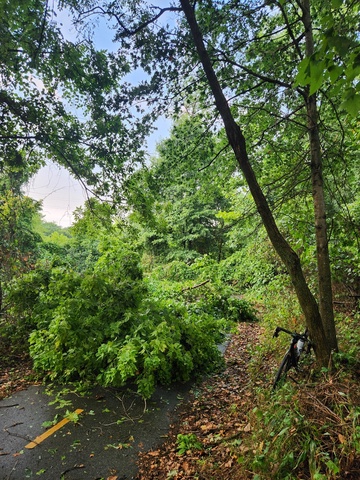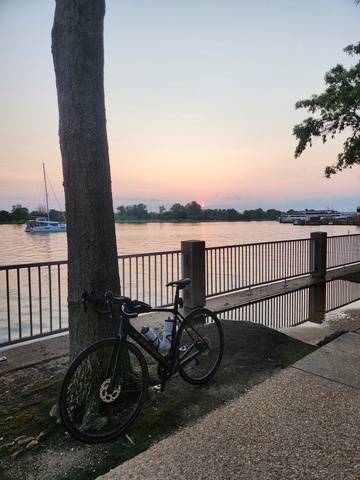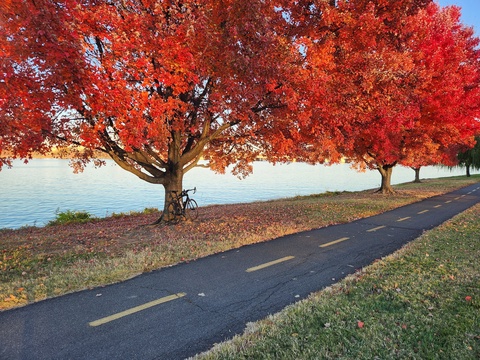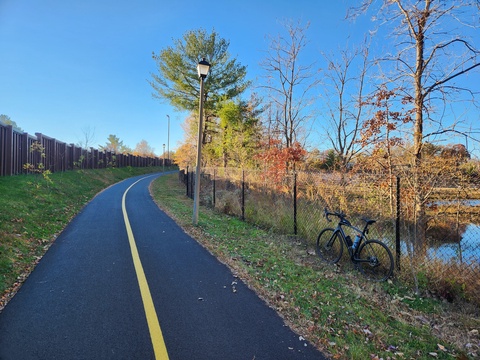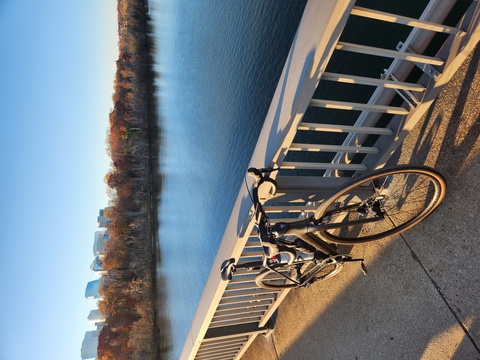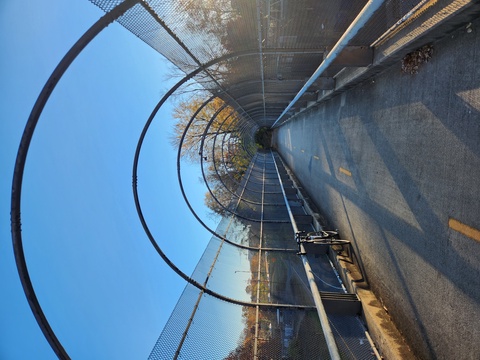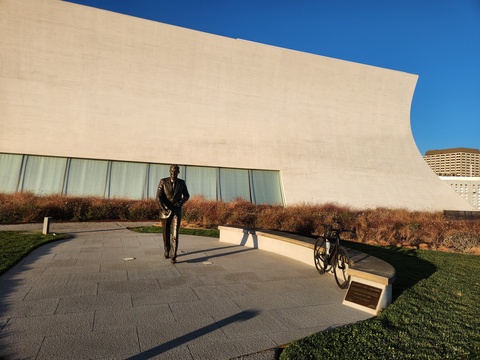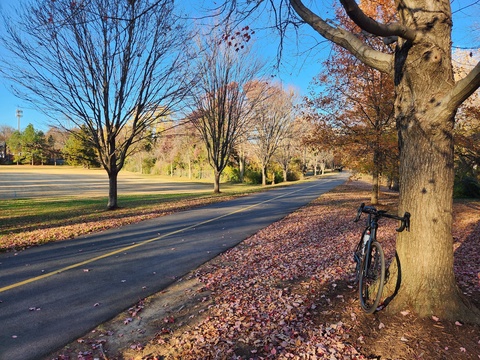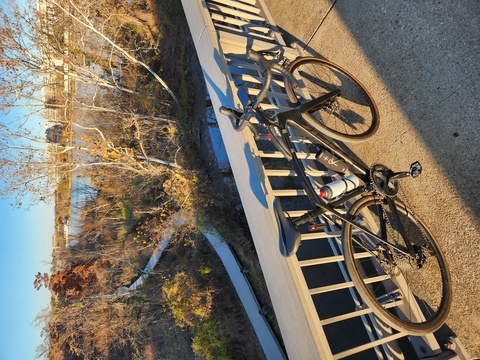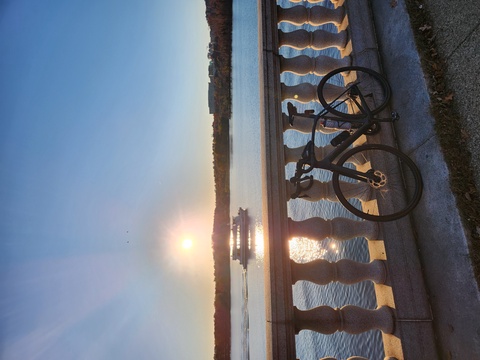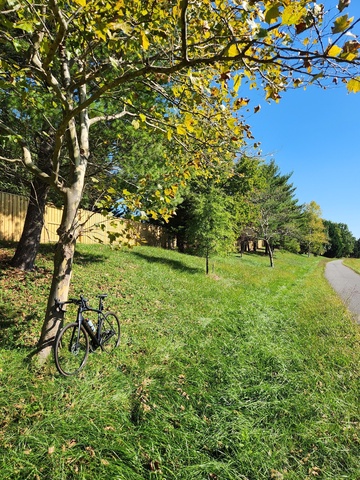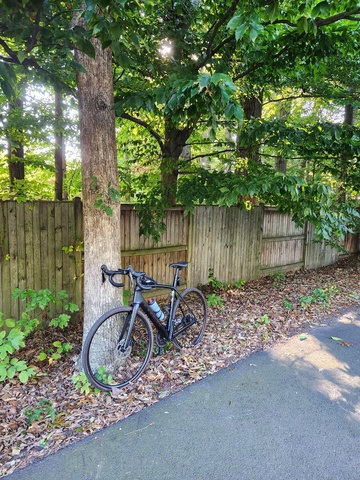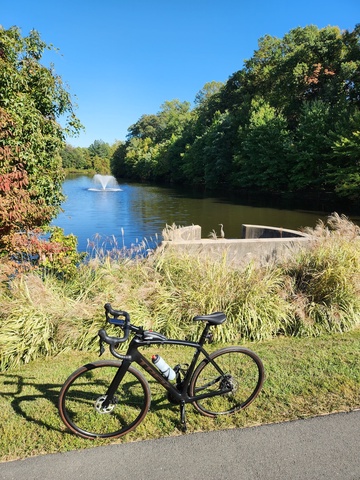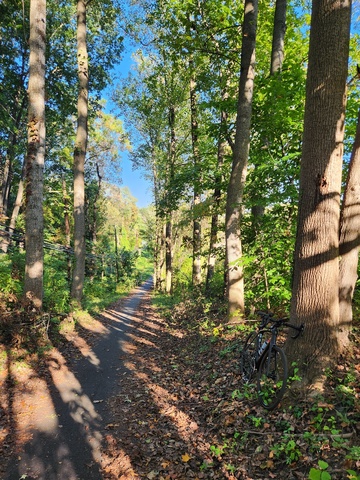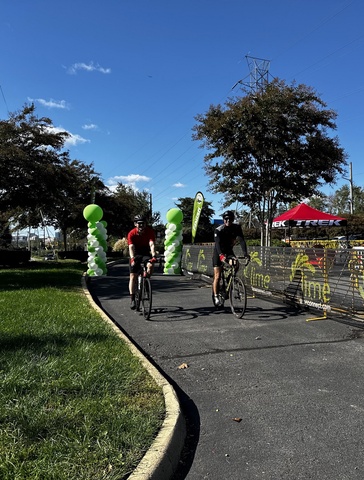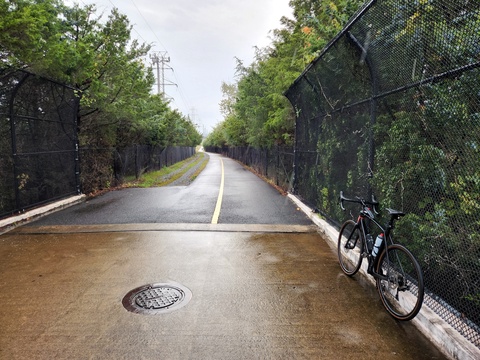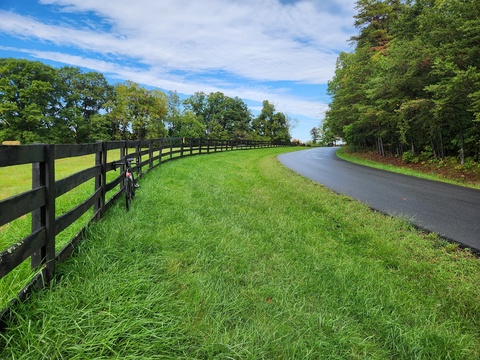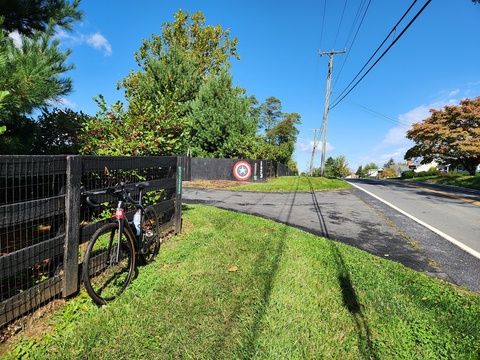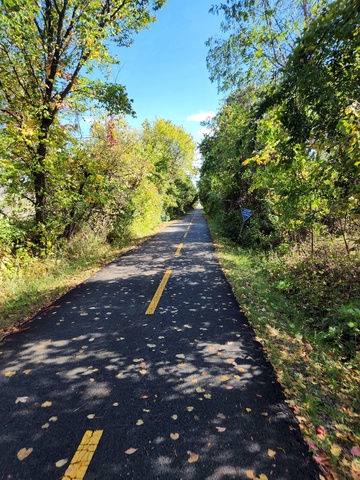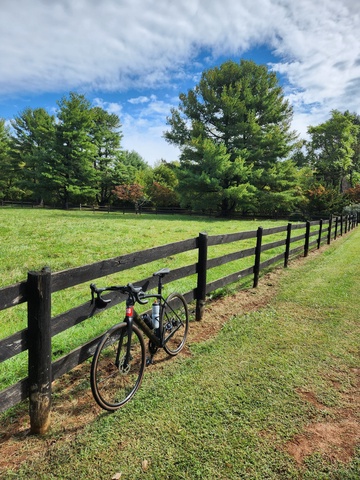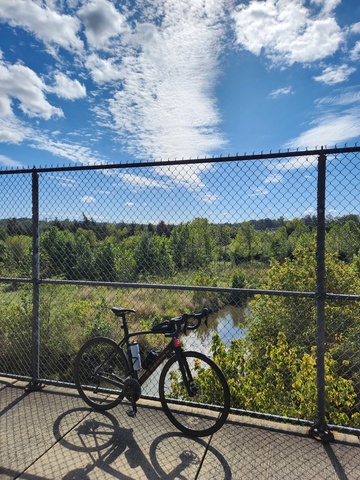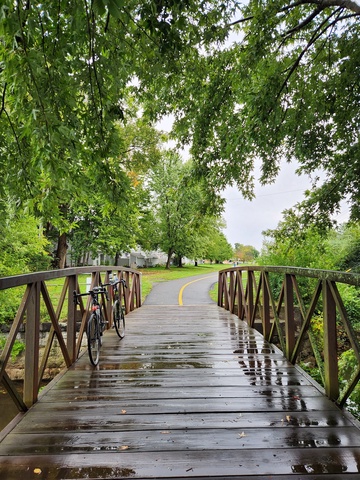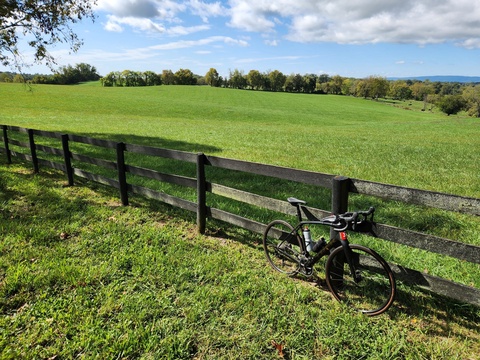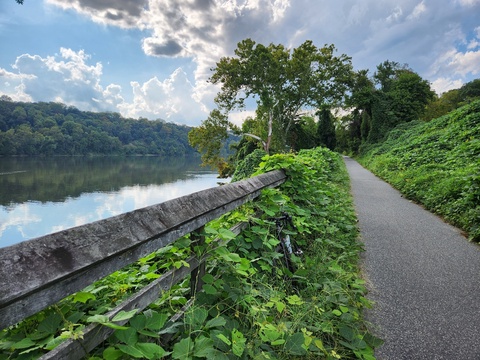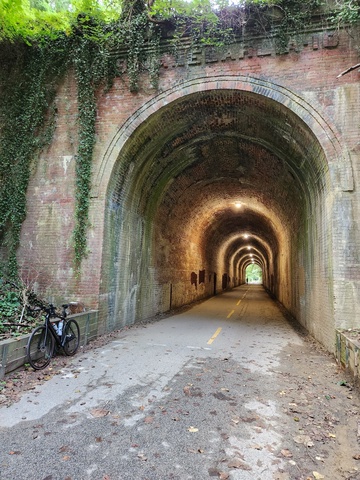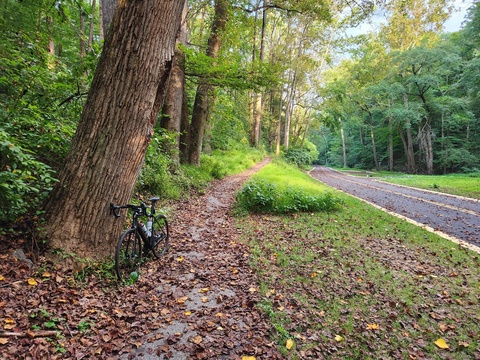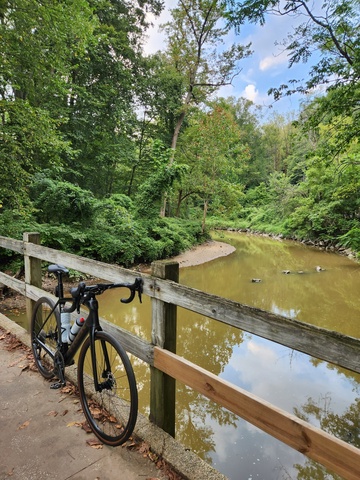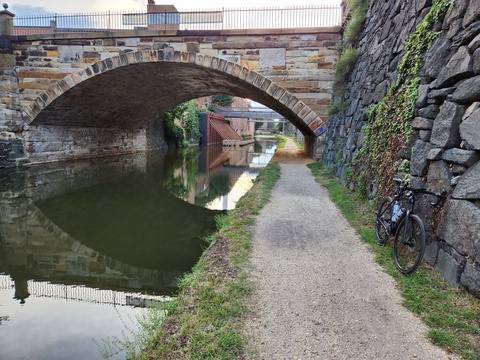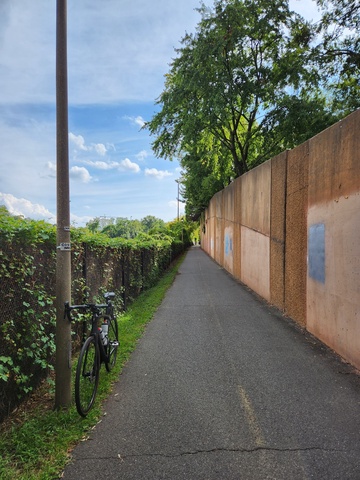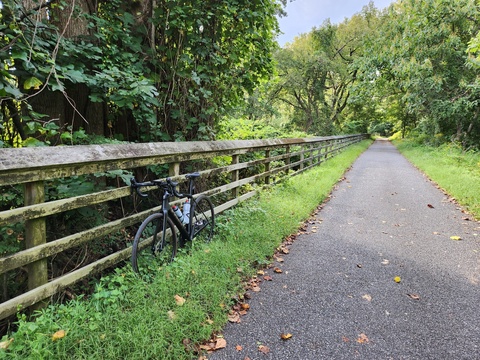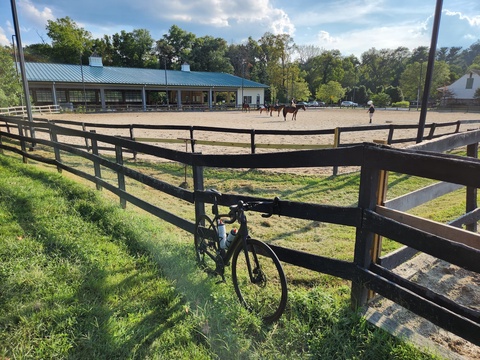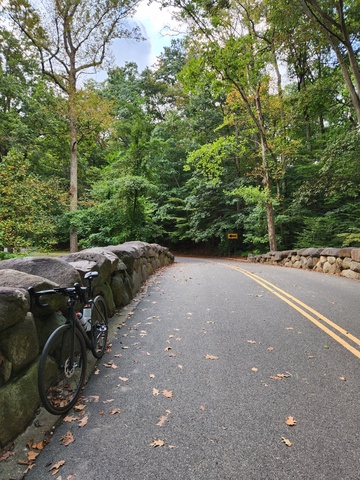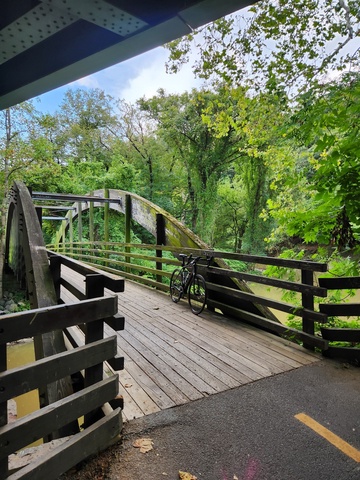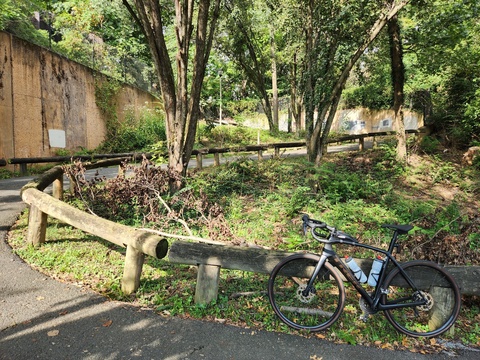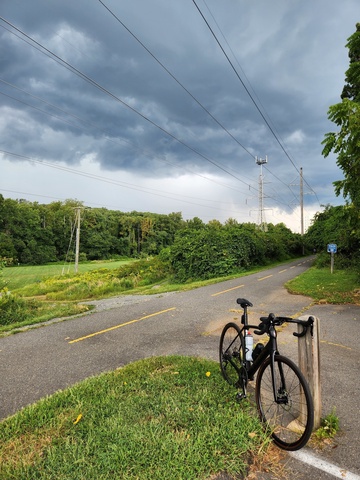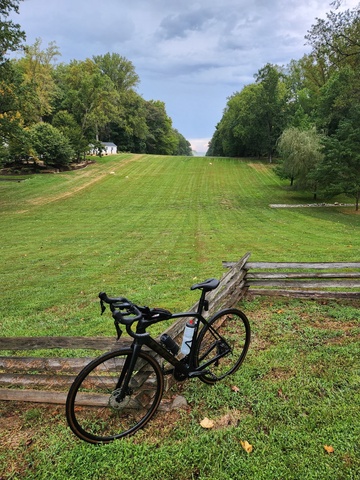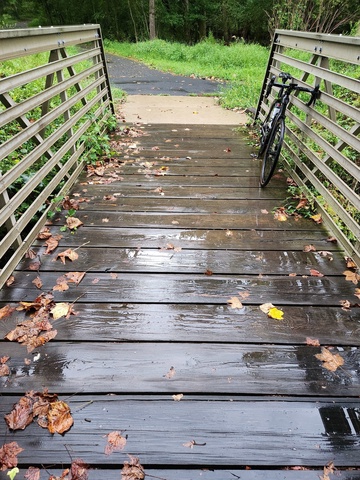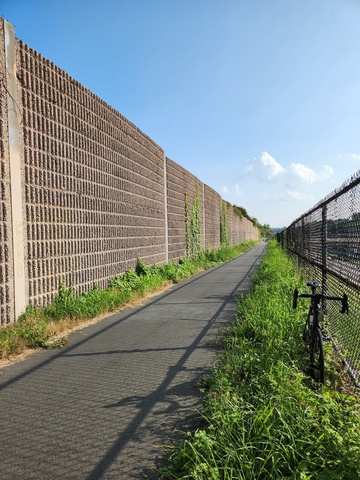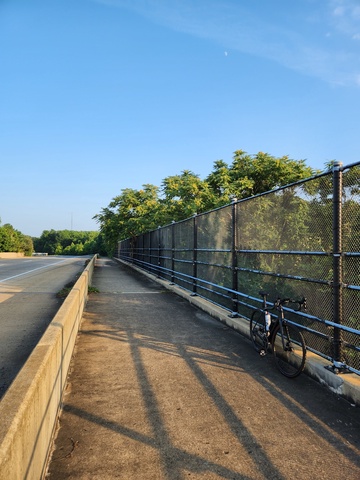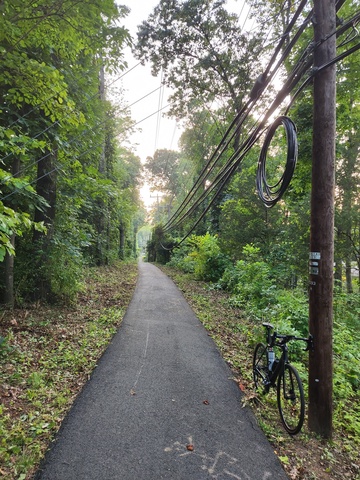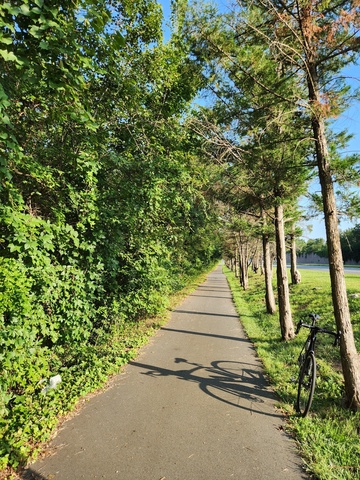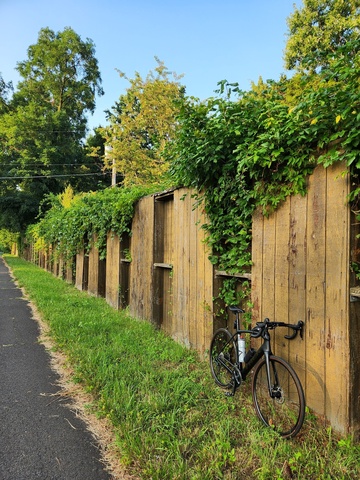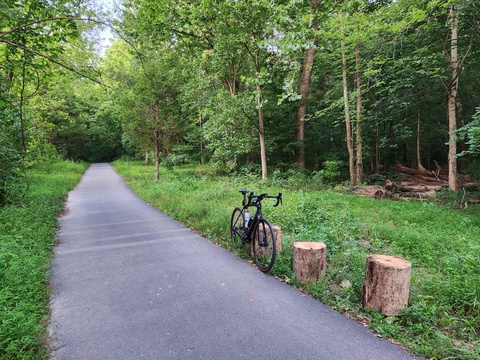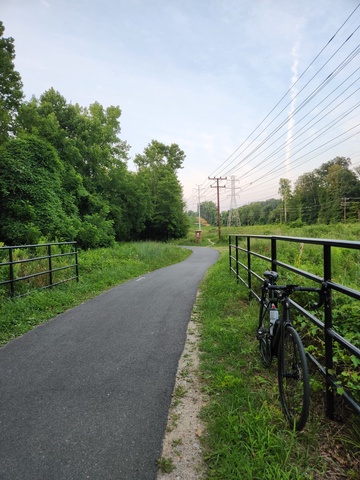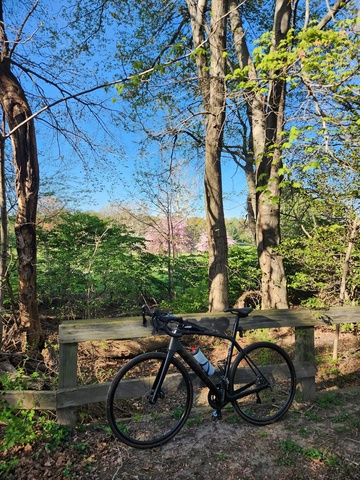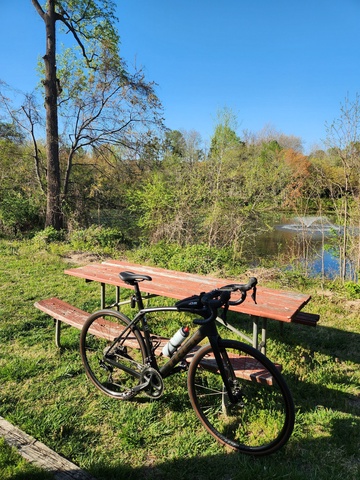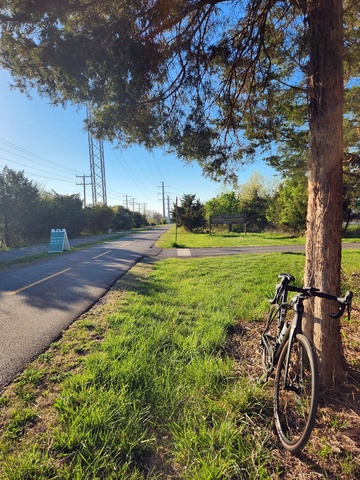I and my best friend Javie just returned from our very first Trek Travel trip and I have to say: it was a truly unforgettable experience that exceeded our expectations and left us eager for more!
Glacier National Park isn't just another protected wildlife site in northwest Montana. It's one of Mother Nature's most prized possessions, crammed end-to-end with snow-capped peaks, blue skies, moose, big-horn sheep, mountain goats, aspen trees and inspiration.
-
Cycling:
-
⏱️ moving time: 10 hr
-
📏 distance: 230 km
-
⛰ elevation gain: 3000 m
-
Hiking:
-
⏱️ moving time: 4 hr
-
📏 distance: 14 km
-
⛰ elevation gain: 300 m
DAY 1
In 1805, Lewis and Clark explored the Marias Pass area, but due to weather never discovered the pass, which gets its name from Captain Meriwether Lewis, who named a nearby river Marias, in honor of his cousin. Traversed by Native Americans for years, in 1889 the pass was "discovered" by civil engineer John F. Stevens, who mapped out the pass for the railroad.
Before the Going-to-the-Sun Road was constructed, Two Medicine was a primary destination for travelers arriving by train. After spending a night at Glacier Park Lodge, visitors climbed on horseback to travel to Two Medicine for a night in one of several rustic chalets or canvas tipis built by the Great Northern Railway. From Two Medicine, a system of backcountry tent camps and chalets within the park allowed these adventurous visitors to live in Glacier's wild interior. Among the famous peaks surrounding this lake is Rising Wolf Mountain, named after Hugh Monroe, the first white man to live with the Blackfeet Indians.
We also used an opportunity to meet folks from the Blackfeet Indian Reservation and listen to them sharing their people's tradition, history, and culture within Glacier National Park.
DAY 2
After arriving at Many Glacier Lodge, and Swiss inspired lakeside hotel built in 1914 by the Great Northern Railway, we enjoyed a scenic boat ride across two lakes, Swiftcurrent and Josephine. We then went for a breathtaking hike along a path towards Grinnell lake to get rewarded by beautiful blue waters at the base of majestic snow capped mountains.
Chief Mountain remains sacred to many First Nations peoples from both the U.S. and Canada. Natives from all over North America travel to the base of the mountain for sweetgrass ceremonies, the placing of prayer flags, and other religious rites. First Nation groups share an oral tradition that near the end of days, a Great White God would appear from the top of Chief Mountain and upon his departure, the mountain would crumble and be destroyed. Due to weather conditions, we, unfortunately, were not able to climb the mountain on our bikes, but definitely enjoyed the magnificent view of it.
DAY 3
Going-to-the-Sun-Road: is the only road that traverses the park crossing the Continental Divide through Logan Pass at an elevation of 6,646 feet, which is the highest point on the road. Construction began in 1921 and was completed in 1932. The road is the first to have been registered in all of the following categories: National Historic Place, National Historic Landmark and Historic Civil Engineering Landmark. The length of the road is approximately 50 miles and spans the width of the park between the east and west entrance stations. The road also appeared in the opening credits of 1980's The Shining.
Wild Goose Island: is located within Saint Mary Lake in Glacier National Park. Rising a mere 14ft above the lake, the island is dwarfed by the lake and surrounding mountains, yet it is one of the most frequently photographed locations along the Going-to-the-Sun Road.
Lake McDonald: is the largest of Glacier National Park's 762 lakes. It is approximately 10 miles long, over a mile wide, and 472 feet deep, filling a valley formed by a combination of erosion and glacial activity.
DAY 4
Whitefish Lake is one of the most popular lakes in Montana. The lake is large, measuring about a mile wide and seven miles long and is 3300 acres in size. Whitefish Lake has populations of lake trout that rival that of nearby Flathead Lake, with fish often exceeding twenty pounds. The lake also has sizable numbers of large mountain whitefish. Other fish species include bull trout, cutthroat trout, brown trout, rainbow trout, yellow perch and northern pike.
Big Mountain - Winter Sports, Inc. (WSI) formed 71 years ago as a public company of community shareholders and opened The Big Mountain in December of 1947. They hosted the U.S. Alpine Championships in early March 1949, where future Olympic champion Andrea Mead of Vermont won all three women's titles at age sixteen. After sixty years, it was renamed "Whitefish Mountain Resort" in June 2007.
DAY 5
We made our way up the West side of the Going-to-the-Sun Road (West Glacier) and got the opportunity to take in the loop, Bird Woman Falls, the Weeping Wall, and some stunning wildlife scenes.
DAY 6
Columbia Falls is best known as the southwestern gateway to Glacier National Park, and sits at an elevation of 3,092 feet. Located in the heart of the Rocky Mountains, on the western edge of the Continental Divide, the city is a outdoor enthusiast's paradise.
Throughout our journey, I couldn't help but feel a deep sense of wonder and connection to nature. Only 25 glaciers remain, and with every passing day, they get a little smaller. I am truly grateful to have had the opportunity to experience Glacier National Park firsthand!
P.S. I and Javie loved the trip so much, we agreed to return for another Trek Travel national park destination next year!
🏞️🚴⛰️🚵🏔🌄

